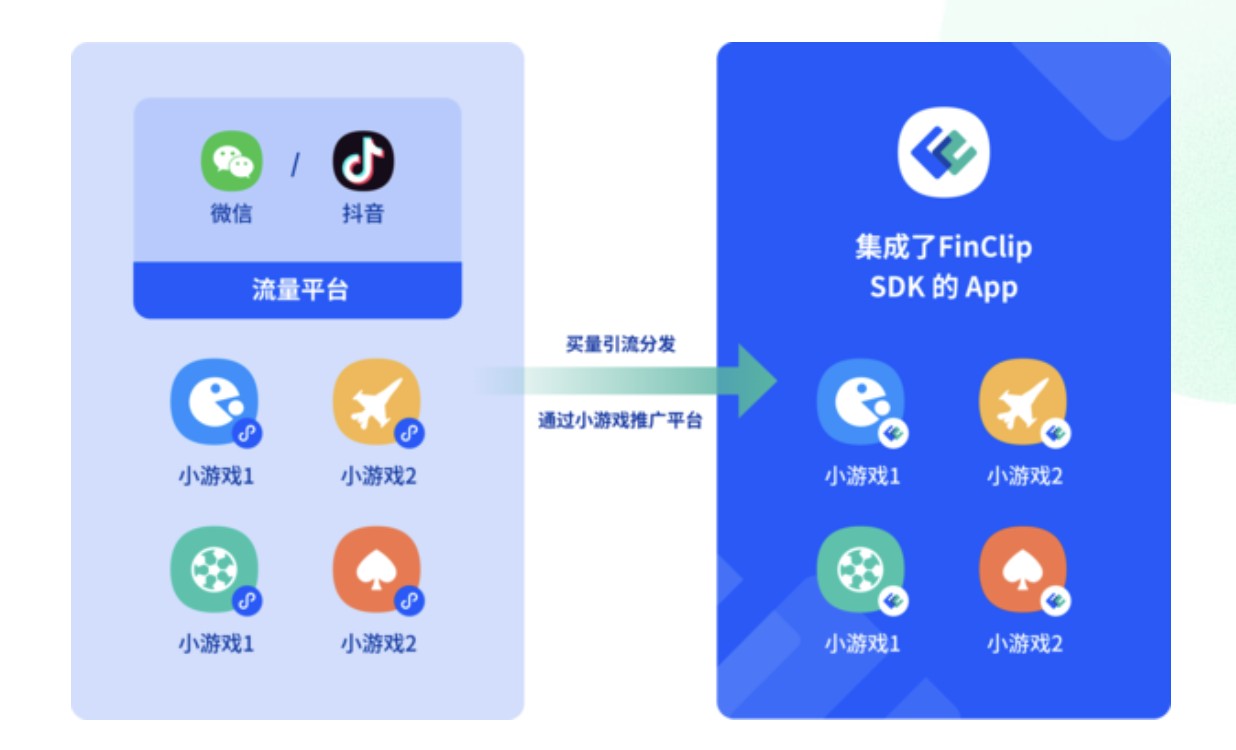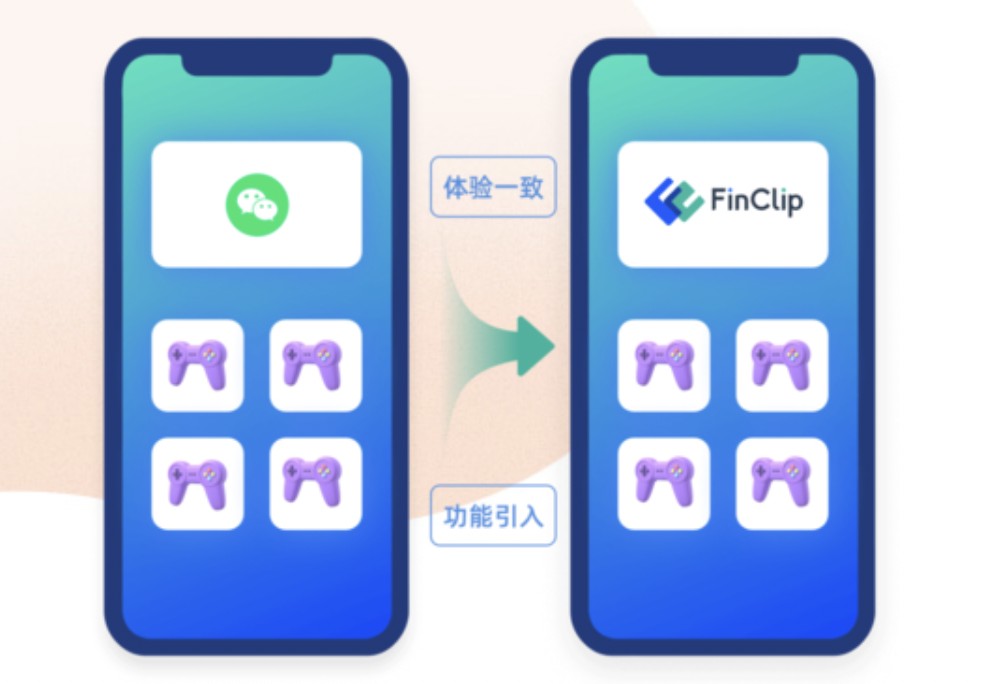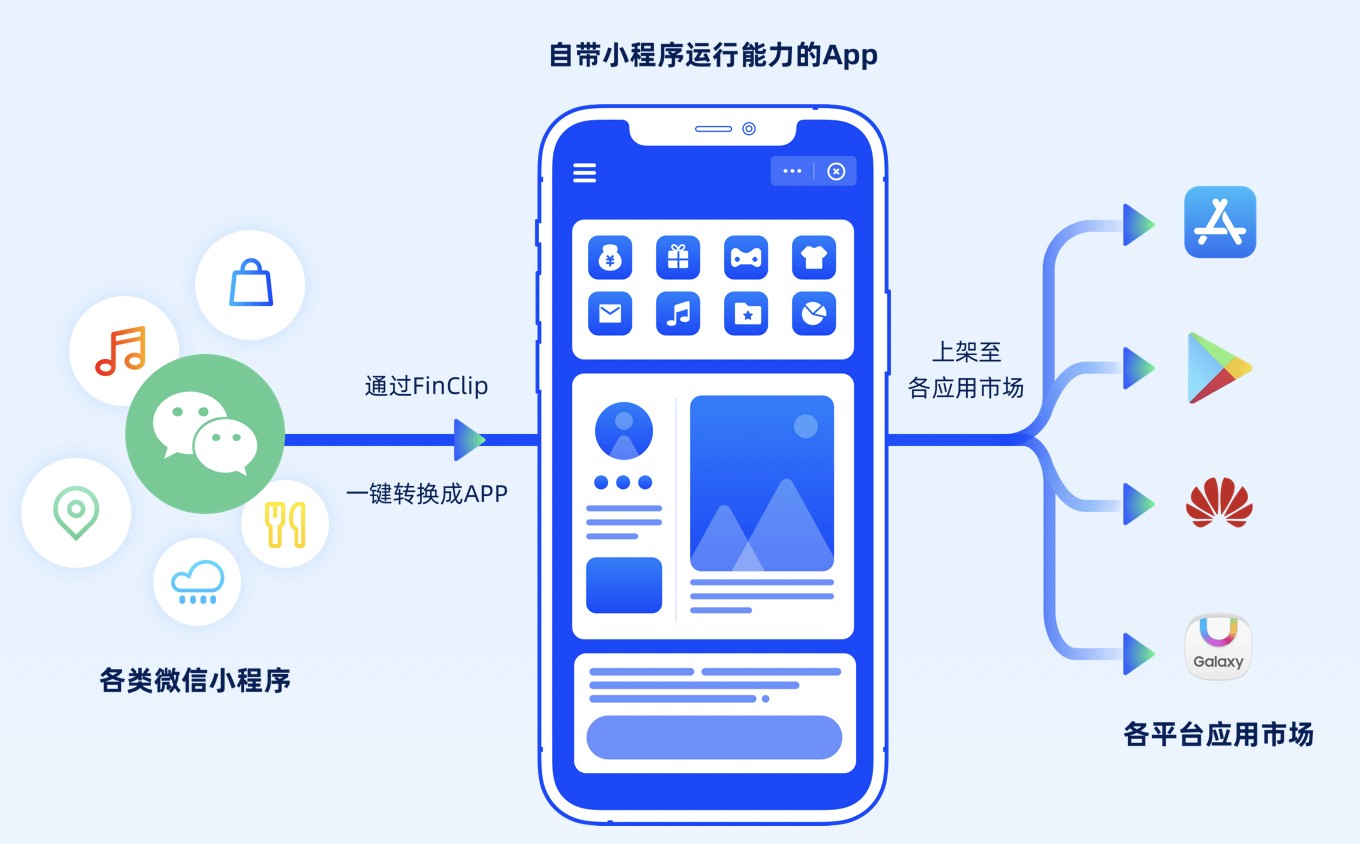
133. Clone Graph
133. Clone Graph

Clone an undirected graph. Each node in the graph contains a label and a list of its neighbors.
OJ’s undirected graph serialization: Nodes are labeled uniquely.
We use # as a separator for each node, and , as a separator for node label and each neighbor of the node. As an example, consider the serialized graph {0,1,2#1,2#2,2}.
The graph has a total of three nodes, and therefore contains three parts as separated by #.
First node is labeled as 0. Connect node 0 to both nodes 1 and 2. Second node is labeled as 1. Connect node 1 to node 2. Third node is labeled as 2. Connect node 2 to node 2 (itself), thus forming a self-cycle. Visually, the graph looks like the following:
1 / \ / \ 0 --- 2 / \ \_/
思路:DFS
/** * Definition for undirected graph. * class UndirectedGraphNode { * int label; * List
/** * // Definition for a Node. * function Node(val,neighbors) { * this.val = val; * this.neighbors = neighbors; * }; *//** * @param {Node} node * @return {Node} */const cloneGraph = (node, visited = {}) => { if (visited[node.val]) return visited[node.val]; visited[node.val] = new Node(node.val, []); visited[node.val].neighbors = node.neighbors.map(neighbor => cloneGraph(neighbor, visited)); return visited[node.val];};
版权声明:本文内容由网络用户投稿,版权归原作者所有,本站不拥有其著作权,亦不承担相应法律责任。如果您发现本站中有涉嫌抄袭或描述失实的内容,请联系我们jiasou666@gmail.com 处理,核实后本网站将在24小时内删除侵权内容。
发表评论





暂时没有评论,来抢沙发吧~